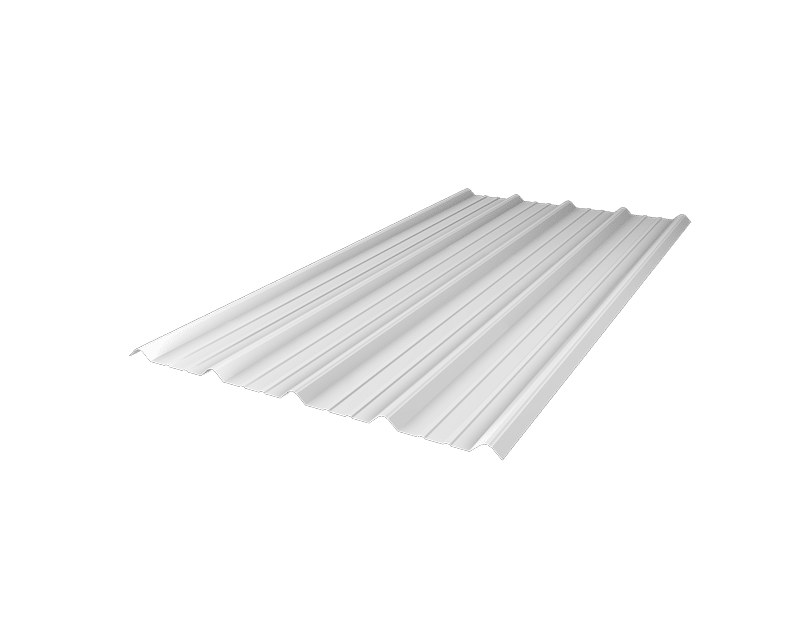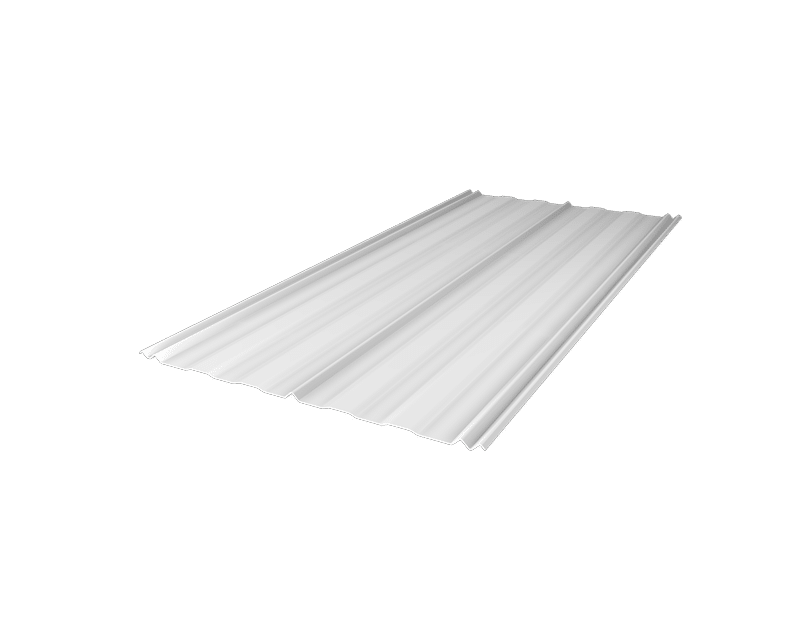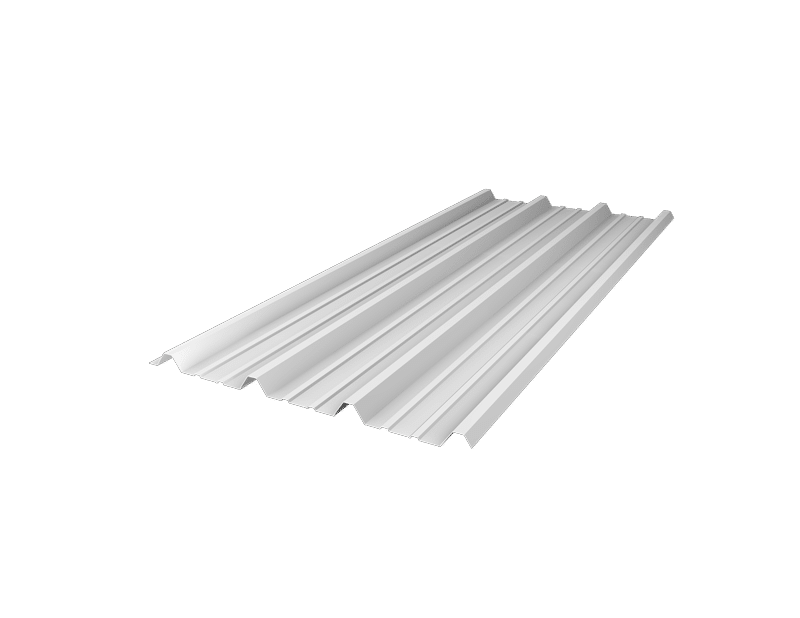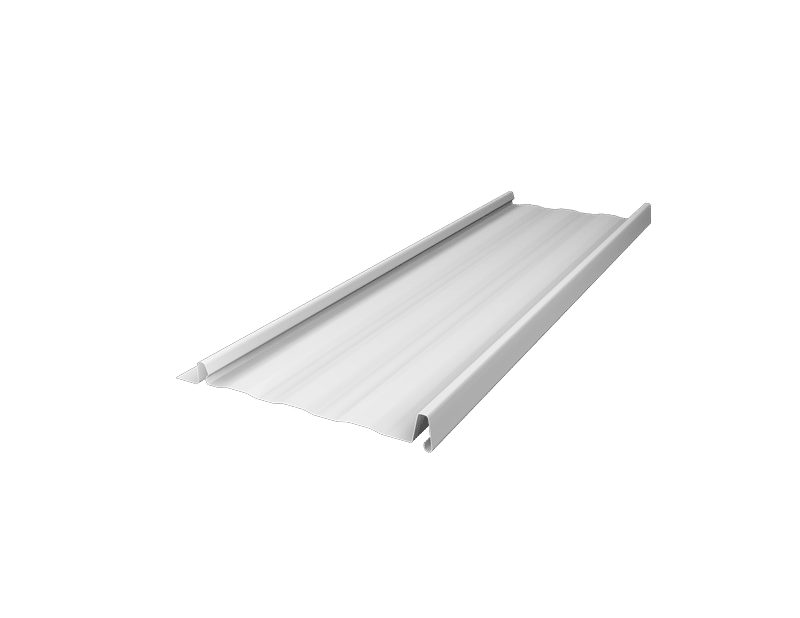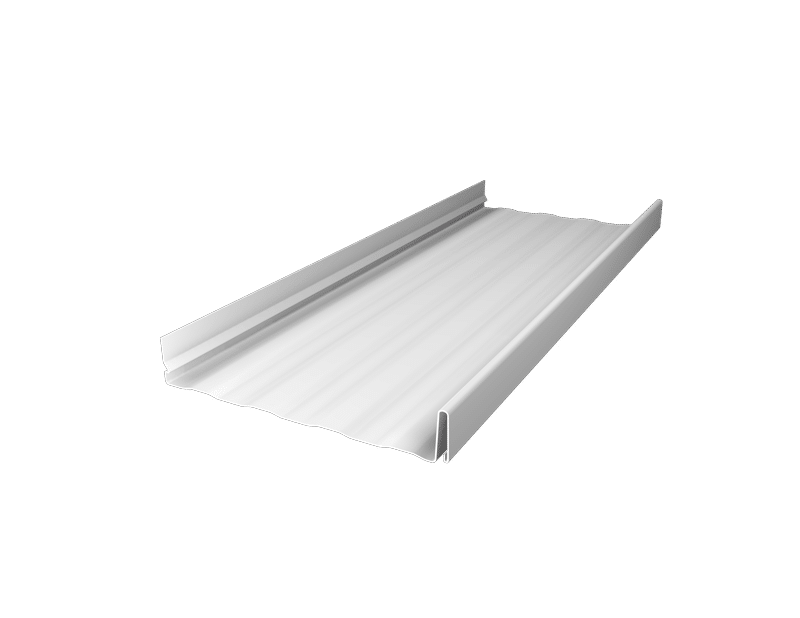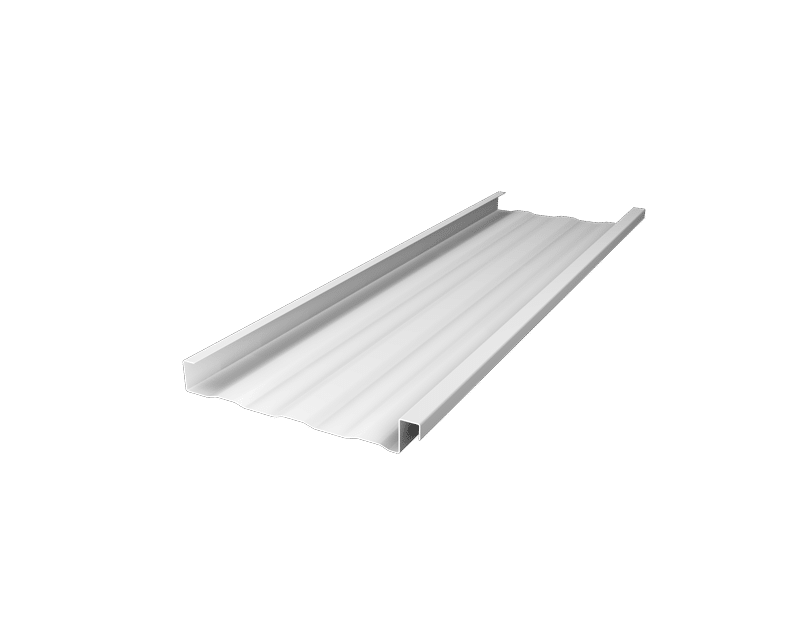One question we are often asked is –
“Can you install metal roofing over shingles?”
The answer is, YES!
One big advantage to metal roofing is that it is light weight, which makes it the perfect material to be installed over an existing shingle roof. However, there are some things that you will want to check out before doing it this way.
For one, you will need to check with your local building department and ask if this is an approved installation method. More than likely they won't just come out and say yes. They will want to make sure that the plywood the existing shingle roof is attached to is in good shape, meaning it has no soft spots.
The reason for this is so when the metal roof gets installed, the screws have something to bite into. Can you imagine screwing a metal roof, or anything for that matter, into rotten wood? More than likely the screws won't hold and that is something you definitely don't want happening if you want your roof to stay on during one of those afternoon thunderstorms we get here in Florida.
The Florida building code, which is the minimum building standards that buildings have to be built to, including roofing, says that you can't have more than two layers of roofing materials on a residential house. The reason for this is that most house trusses, when engineered and built, are designed only to hold so much roofing weight.
If you were to put too many layers of roofing materials on a house, there would be a good possibility of the trusses failing. Some counties and municipalities require you to remove the existing roof regardless if it is the only layer of roofing on your house. This way the building department knows that the plywood is in good condition and can be reused for another roof.
PANEL SELECTOR
Choose with our free tool.
COLOR OPTIONS
Dozens of color options!
Explore Financing
Complete our form.
Visualize your roof
See OUR metal on YOUR roof!
GET your PRICING
Let's price your project!
Need a Contractor?
Complete our form!
So when we talk about metal roofing over shingles, how does it work? There are two main ways to install a metal roof over a shingle roof.
The first way is to run new underlayment over the existing shingle roof, completely covering the old roof. This provides a couple of benefits: The first one being that the new underlayment will act as a second line of defense in case water were to somehow get underneath the metal roof. The second benefit would be that it acts as a buffer between the back of the metal roof and the shingle roof. The reason why this is important is because a shingle roof is granulated, very similar to sandpaper, and as the metal expands and contracts due to weather changes, the metal will actually move. Over time if there wasn't a buffer in between, the shingle granules would wear away at the back of the metal roofing panels.
The second way to install a metal roof over a shingle roof is with the use of purlins or battens. The purlins are screwed or nailed down to the roof deck, depending on how the metal roofing manufacturer has testing for their roofing panels, and then the metal is installed to the purlins. This method has its benefits as well. The purlins give the installer a flat surface to install the metal roofing panels down to, without the irregularities a shingle provides. The metal will be attached to at least 3/4″ purlin and 1/2″ plywood instead of just 1/2″ plywood, which should make the overall roofing system stronger.
But probably the best benefit that comes from using purlins is the air gap it creates between the metal roof and the existing shingle roof. As the metal roof heats up in the summer time, the added air gap in between will act as a buffer instead of the the metal heating up the below shingle roof. This installation method also allows you the flexibility of adding a radiant barrier under the metal roof to help with heat transferring into the house, which should help the air conditioner from running as much.
To summarize this article, always check with your local building department before starting any roofing project. They will be able to tell you what you can and can not do. From there you have a couple of different installation methods to choose from, either fastened to the existing roof or through the use of purlins. Whatever method you decide on, you want to make sure you, or whoever you pay to have it done, does it the right way.

